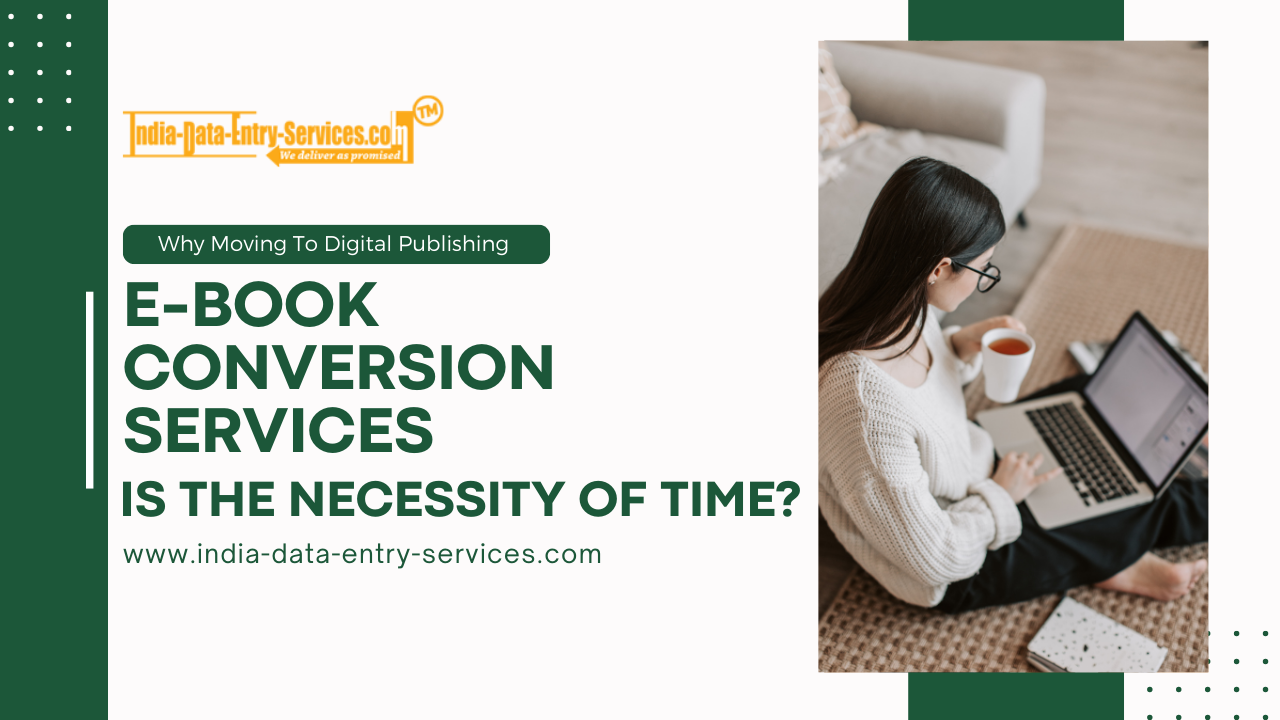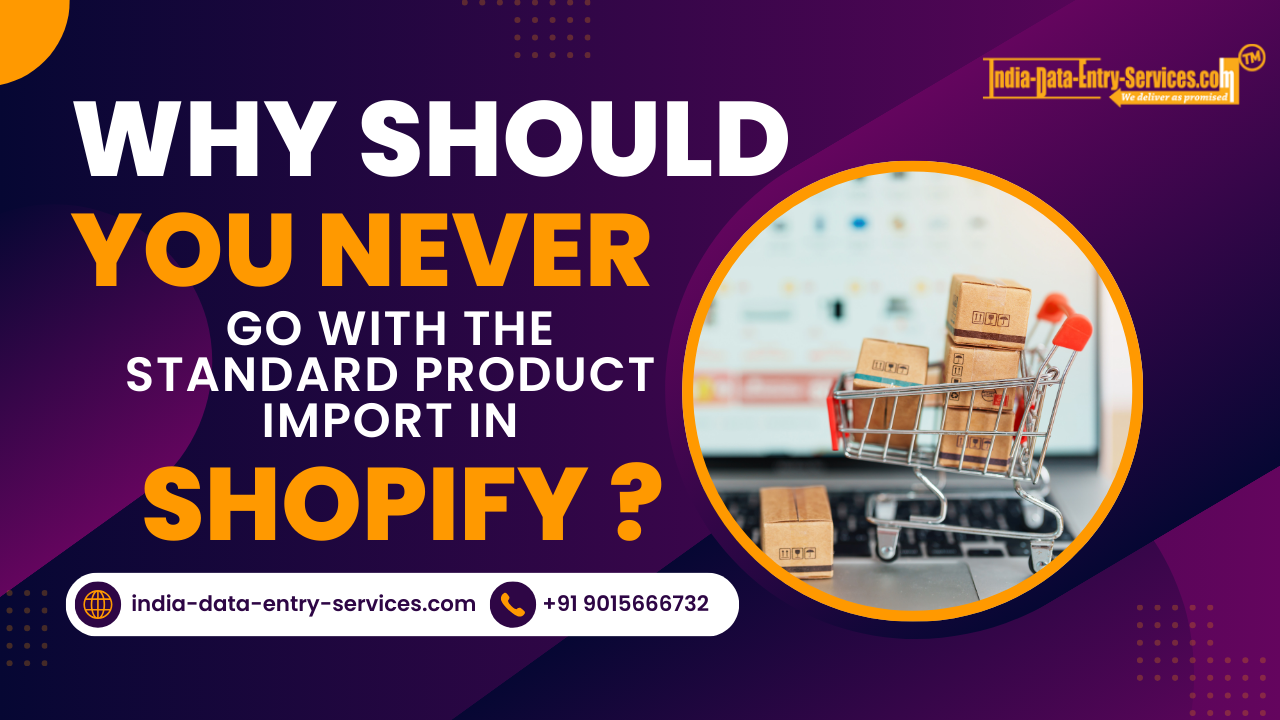eCommerce provides a potential platform for entrepreneurs and business owners to spread their business in a wide marketplace rapidly. And this instigates a huge requirement for content; be it product descriptions, web content or product images, they all play a quintessential role in product marketing.
So, why are product images so important?
Product images in eCommerce play a vital role in attracting customers and influencing their purchasing decisions. Online shoppers cannot physically touch or see the products they want to buy, so high-quality product images are the closest they can get to experience the product. Therefore, online retailers need to ensure that their product images are of the highest quality and comply with eCommerce product image guidelines. E-commerce product listing services companies abide by these rules and are well versed with every platform's guidelines, thus, it would be a smart idea to opt for Ecommerce Catalog Management Services for best image uploads.
Here, we'll explore some of the major eCommerce product image guidelines that online retailers should not ignore to boost their product presence.
Use high-resolution images
High-resolution images are crucial for eCommerce websites as they give customers a clear and detailed view of the products they want to buy. Customers are 63% more likely to purchase a product if it has multiple images. The high-resolution product images give comfort to the customer that the brand and its product are genuine.
Tip: Use professional cameras and lighting to take product photos, and make sure to upload them in high-resolution formats.
Use clear & consistent white background
Product images should have a clear and consistent background that doesn't distract customers from the product itself. You must have seen million times on eCommerce pages how white background images with no extraneous elements like logos, watermarks, writing, etc. attract more attention, giving a surreal yet detailed impact. This makes sure that customers solely think about your product as white backgrounds give an item a more genuine appearance. Nothing is there to distract the customer; neither the poppy colours nor other objects to compare.
Tip: If you do not favour a white background, you can move to a neutral background, which is also recommended to eCommerce business owners by Ecommerce Catalog Management Services.
Show the product from multiple angles
Showing the product from multiple angles is important because it gives customers a better idea of what the product looks like. According to a study by BigCommerce, customers are 360% more likely to purchase a product if it has a 360-degree view.
So here are the quick methods that one should follow:
- 3 angles are super important - side, front and back. This way consumers can see everything about the product, and it can also help avoid product returns.
- Make sure that the special features of your product are vehemently visible to your customers through product images.
- If products are fashion accessories or garments, use models to showcase your product. It will help your customer to judge its shape and size.
- Zooming in shots is essential for customers as they allow them to inspect the product closely and make subsequent decisions.
80% Product Image
There are some eCommerce platforms and marketplaces that have image requirements, which also include '80% product image' necessity. This means that the product must occupy at least 80% of the image frame and should be the main focus of the image. It should take up most of the space in the photo, with minimal background distractions. eCcommerce product listing services make sure that they abide by this rule while uploading product images to get the most potential value.
Having a product image that occupies at least 80% of the image frame can help to ensure that the product is clearly visible and gives customers a good idea of what they can expect when they receive the product. 80% product image method ensures that the product occupies a significant portion of the image frame and is considered one of the best practices in eCommerce product photography.





